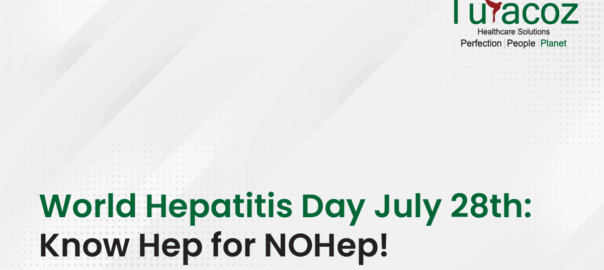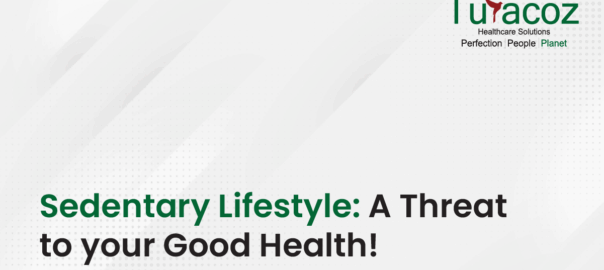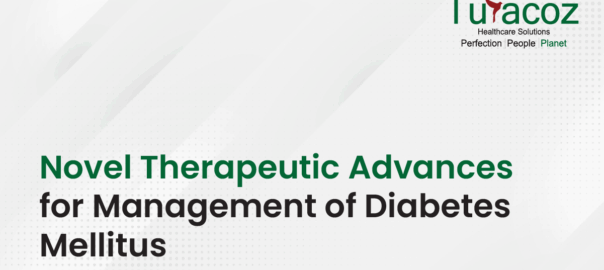Viral hepatitis, an inflammatory liver disease is commonly caused by hepatitis A, B, C, D, or E virus. In 2013, an estimated 1.45 million people died of the disease. Around 400 million people are believed to be infected with hepatitis B and C virus worldwide. In India, the population prevalence of chronic hepatitis is around 3-4%. Sadly, only 5% of the patients know about their chronic infection and only 1% have access to current treatment options.
Viral Hepatitis: Know it to Act Now
Many people with hepatitis do not have symptoms and do not know they are infected. If symptoms occur with an acute infection, they can appear anytime from 2 weeks to 6 months after exposure. Chronic viral hepatitis can take decades to develop symptoms. Symptoms of hepatitis are: fever, fatigue, loss of appetite, nausea, vomiting, abdominal pain, dark urine, grey-colored stools, joint pain, and jaundice. Common modes of transmission of hepatitis virus are through contaminated blood or blood products, unsafe sex, and use of contaminated medical equipment such as infected syringes. Hepatitis B is transmitted from mother to baby at birth, from family member to child, and also through sexual contact. Hepatitis viruses B and C are the most common cause of liver cirrhosis and cancer.
Let’s Join in for Hepatitis Elimination
In 2010, the World Health Organization (WHO) had announced World Hepatitis Day (WHD) to be celebrated each year on 28th July. Since then, millions of people across the world have been taking part in WHD campaign to bring awareness about hepatitis. In 2016, WHO has urged different nations to fast-track actions for educating people about the disease, its screening, and to improve access to quality healthcare and services to fight against hepatitis.
NOhep is a global movement which aims to unite hepatitis community worldwide and provide a platform for them to voice their opinion, share their stories, and plan for an action to ensure global commitments for elimination of viral hepatitis by 2030.
- Know the Risk: Be aware of the modes of transmission of hepatitis. With better information and knowledge about hepatitis risks, you can prevent yourself from getting infected and transmitting the infection to others.
- Get Diagnosed: WHO has recommended simple testing strategies such as blood tests to help country efforts to scale up screening and early detection of hepatitis
- Head for Treatment: More than 90% of people with hepatitis C can get completely cured of the virus within 3–6 months. Appropriate treatment of hepatitis B and C can prevent the development of major fatal complications associated with liver dysfunction.
Treatment for hepatitis generally includes:
- Abstinence from alcohol and bed-rest
- Medication strategy
- Preventive vaccines
- Use of interferons (standard and PEGylated)
- Nucleoside/nucleotide analogues such as telbivudine, lamivudine, adefovir, or entecavir
- Liver transplant in severe cases of hepatitis (hepatitis-induced liver damage)
Turacoz Healthcare Solutions provides assistance in publication of research articles and clinical research documents. We consider it our corporate social responsibility to raise awareness for hepatitis eradication. On World Hepatitis Day, let’s take a pledge to join the cause. Together we can make it possible!





